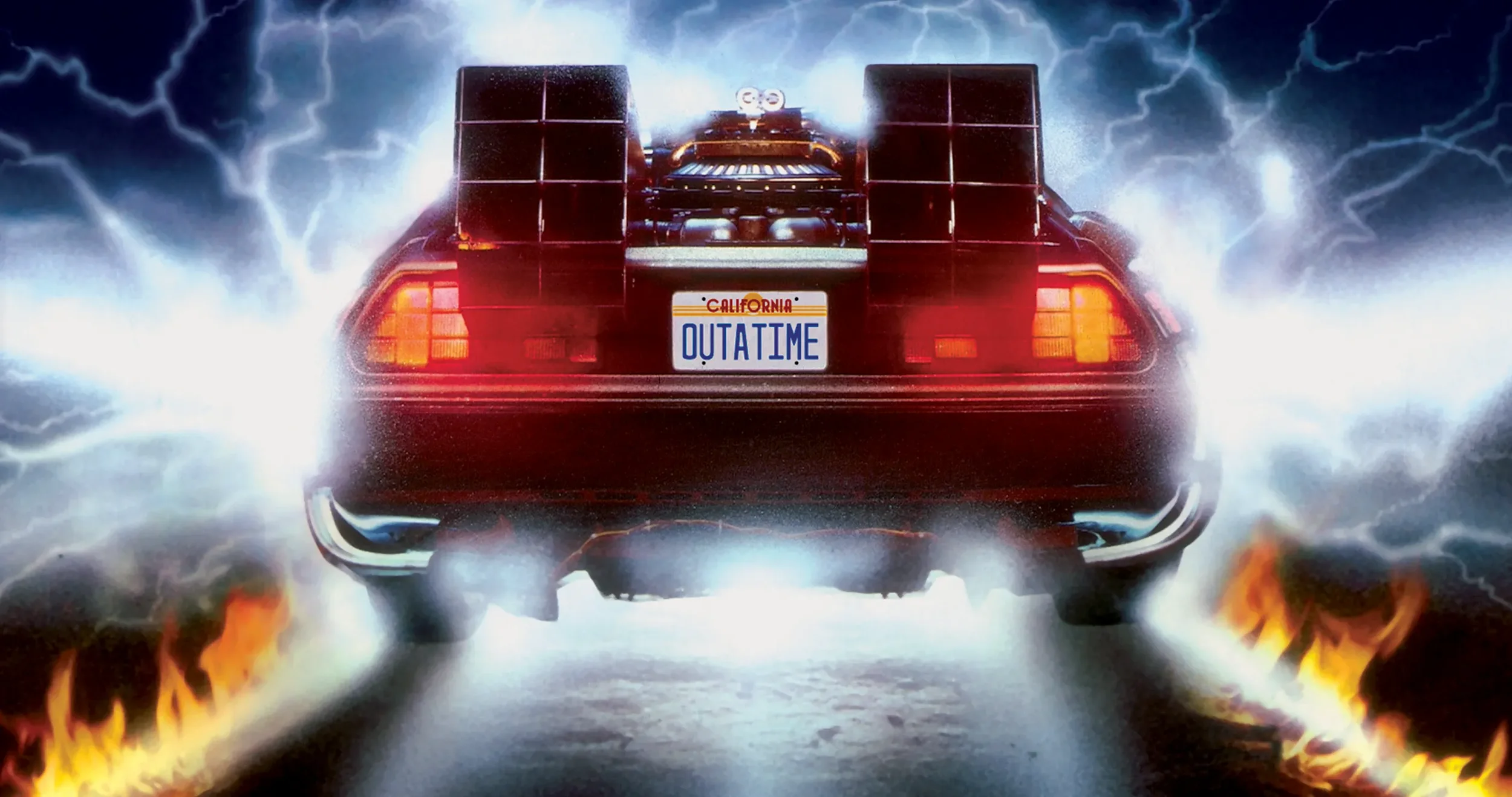Fiddler on the Roof at the Barbican Theatre Review
Lara Pulver and Adam Dannheisser in Fiddler on the Roof. Photo by Manuel Harlan
Written by Franco Milazzo for Theatre & Tonic
Disclaimer: Gifted tickets in exchange for an honest review
In a world increasingly obsessed with reinvention, there’s something deeply satisfying about a production that reintroduces an old story not by smothering it in conceptual fireworks, but by reminding us why it mattered in the first place. Jordan Fein’s Fiddler on the Roof, which began its life under open skies at Regent’s Park and has now transferred to the Barbican, is a revival of disarming intimacy, aching melancholy and quiet, defiant joy. It doesn’t scream its brilliance. It sings it.
Let’s start with the venue. At Regent’s Park, the production unfolded as if Anatevka had sprouted organically from the earth itself. Tom Scutt’s set was a marvel of subtle storytelling: an open space framed by stiff sheaves of wheat suggesting not just a village but a way of life held together by ritual and sheer stubbornness. As dusk fell and real birds wheeled overhead, the intersection of nature and artifice lent the story a kind of holy resonance. We weren’t just watching these characters. We were in their world.
Now that the show has moved indoors to the Barbican, there is an understandable worry: would that bucolic intimacy evaporate under the weight of proscenium and polished floorboards? The answer, miraculously, is no. Scutt preserves the rustic immediacy, narrowing the Barbican’s cavernous space into something close and communal. The false ceiling, which moves up and down and upon which the fiddler plays, has been retained, ensuring our focus remains on this tightly-knit world. The lighting by Aideen Malone is gorgeously restrained, favouring firelight glows and dawn greys over Broadway razzle-dazzle. You don’t need spotlights when your show burns with this kind of inner light.
It would be tempting to say that Jerry Bock’s music does most of the heavy lifting, but that would do a disservice to Larry Blank and Mark Aspinal’s stunning orchestrations. Here, the music isn’t just accompaniment. It’s topography. From the aching strains of the title fiddle, seemingly drawn from the very soil, to the raucous, vodka-soaked stomp of “To Life,” this Fiddler finds the emotion not in volume but in texture. There’s a tactile quality to the sound—as if you could reach out and touch the tremble in a clarinet line or the grit in a chorus of voices.
Adam Dannheisser’s Tevye is a theatrical colossus, albeit a more solemn and thoughtful one than his predecessors. He doesn’t dominate the stage like Zero Mostel or hurl thunder like Topol. Instead, he shuffles, reasons, jokes and grieves his way through the story with the shrewdness of a man who has long known that life doesn’t bend to your will, but sometimes, with some negotiation and outright pleading, it might offer a discount.
This is a Tevye whose conversations with God feel less like prayers and more like performance reviews—a man constantly negotiating the divine terms of his existence. Dannheisser’s great triumph is making Tevye feel real: a father, a husband, a neighbour, and yes, occasionally, a philosopher. When he sings "If I Were A Rich Man," there’s no showboating, just a deeply felt longing twinned with a shrugging awareness that it probably won’t happen.
Lara Pulver as Golde offers the perfect foil: sharp-eyed, practical, with a voice like worn velvet. Their duet “Do You Love Me?” is played with such unvarnished truth that it leaves the audience quietly breathless. Among the daughters, Natasha Jules Bernard (Tzeitel), Georgia Bruce (Hodel), and Hannah Bristow (Chava) form a trio of performances so rich in detail and distinction, it’s hard to believe they share the same script.
What struck me most about this revival—and indeed, what elevates it—is how relevant it feels without ever needing to insist upon it. The story of Tevye and his daughters, caught between the firm walls of tradition and the irresistible tides of change, plays out with the weight and grace of myth. But this isn’t an abstraction. This is specificity: a Jewish village on the brink of collapse, a community squeezed between pogrom and poverty, a father trying to find room for modernity without losing his soul.
The final scene, in which the villagers leave Anatevka, is staged with gut-wrenching simplicity. No grand gestures. Just families packing, shoulders slumping, lives lifting off like smoke. It echoes not just one moment in history, but many—then, now, and likely tomorrow.
This Fiddler doesn’t try to reinvent the wheel. It simply spins it with rare compassion, precision, and soul. In an era of gimmick-laden revivals, Fein and his cast remind us that sometimes, the boldest thing you can do is listen to the text, trust your performers, and let the story breathe.
And so it does. Like a quiet prayer in a darkening forest. Like a fiddle song over frozen ground. Like a tradition passed from hand to trembling hand, still dancing, even as the world moves on.
Fiddler on the Roof plays at the Barbican Theatre until 19 July 2025.
★★★★★
















